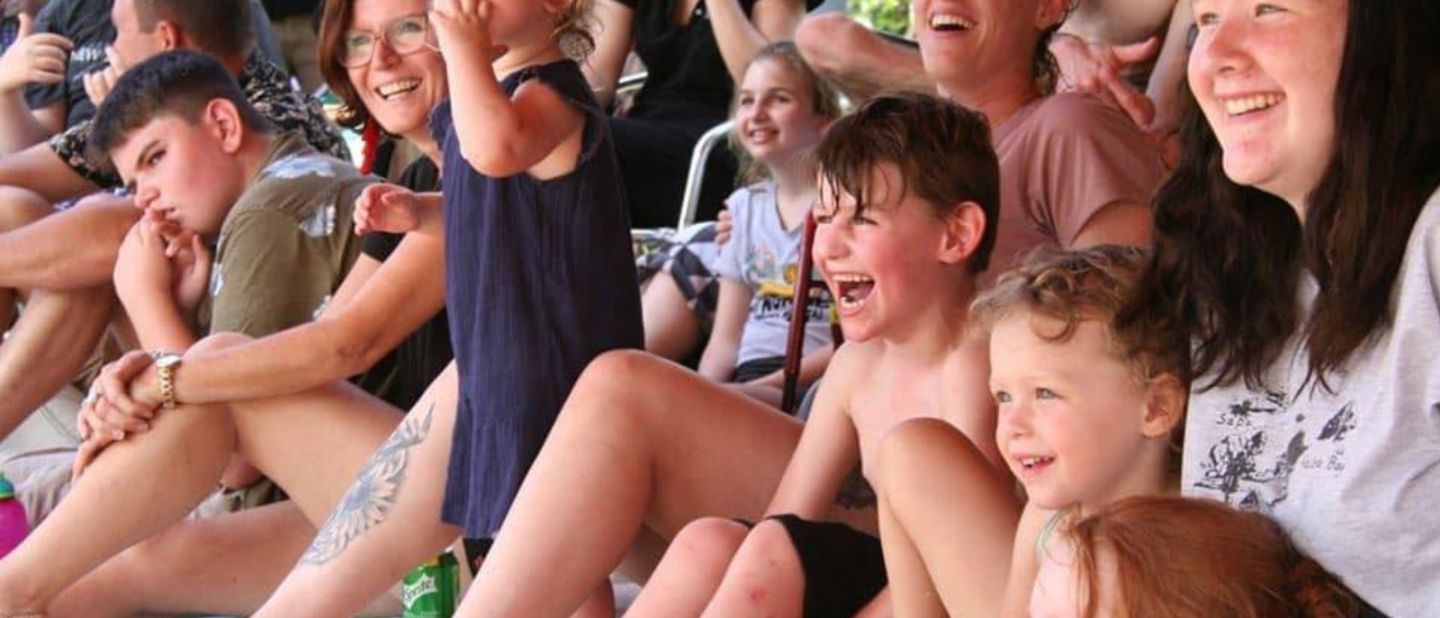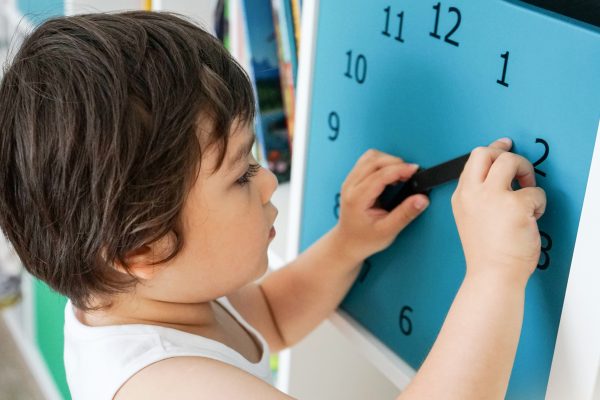
Ray Martin, an angel in disguise for Angelman syndrome
By Fiona Lawton
Formed from just three children back in 1993, Angelman Syndrome Association Australia says there are now 500 people identified with Angelman living in Australia. But there may be up to 1000 more who have received a wrong diagnosis. Could your child be one of them?
For those of us who have a rare disease diagnosis, many also have the story of how we stumbled across it. For me it was a mum at the special school kinder Christmas Party who noticed my son flapping with excitement, and literally diagnosed him then and there.
Imagine though, if the first hint of a diagnosis came from your mum watching a morning show and calling you immediately to tell you to turn the TV on. So it was in 1993, the year that Whitney Houston’s I Will Always Love You topped the Billboard charts and Toy of the Year was the Magna Doodle. The Ray Martin Show aired a story of this little-known condition called Angelman syndrome, named after UK Dr Harry Angelman.
Earlier that year, three separate families in Sydney had contacted the Kogarah Developmental Assessment Service seeking advice about their child who was missing milestones, unable to sleep and wasn’t talking. They each met with Developmental Paediatrician Dr Robert Leitner and consulting Geneticist Dr Ellie Smith who worked through a diagnostic handbook that described the major features of Angelman syndrome. The similarity with the criteria was uncanny! The families were introduced to each other in the clinic and their bond was instantaneous and emotional.
Small as it was, they had finally found their tribe.
These three AS families in consultation with Doctors Leitner and Smith set their minds to organising a gathering for clinicians and families from across the country and managed to get on prime time television to promote it.
Many families tell of that moment staring at the TV and seeing other children who looked and behaved just like their child. There was no internet or social media, and mobile phones were just being contemplated. Instead, it was landline telephones, still connected to the wall with answering machines that were lighting up around the country as The Ray Martin Show was inundated with calls from stunned families asking for more information and how they could get connected.
In October 1993, 14 families from across the country and a broad range of medical and health specialists took part in the weekend gathering. Stories where shared and educational sessions were conducted, while clinicians collected detailed data about AS, at this rare opportunity to meet a diverse group of AS children together all at the same time. This gathering that was the catalyst for action.
The Angelman Syndrome Association was born, and a community was created – one of the very first Angelman syndrome groups in the world. We are eternally grateful for our AS parent trailblazers and the legacy they have created.
Fast forward to 2023 and it is incredible to be celebrating 30 years of our rare disease community in Australia. We have grown considerably, and NDIS data tells us there are now 500 people with Angelman syndrome living in Australia. But we know it is likely the number is much greater than that, estimated at approximately 1000 missing ‘angels’.
Over the past decades people living with Angelman syndrome have often gone undiagnosed with a label of developmental delay or intellectual disability, or misdiagnosed as cerebral palsy/autism spectrum disorder Level 3 (non-verbal) due to the combination of their motor coordination and complex communication needs.
Tomorrow on Wednesday, February 15, we are celebrating the 10th International Angelman Day, where we recognise and celebrate people living with Angelman syndrome across the globe. Monuments and city landmarks around the world ‘Light Up Blue’ for Angelman syndrome.
If you see some of the Angelman syndrome characteristics in your loved one, a friend or family member we encourage you to get in touch with our community.
With clinical trials already underway in Australia into potential therapeutics, we are keen for everyone with AS to have access to treatments and appropriate interventions, regardless of their age. This may be your Ray Martin Show moment!
Fiona Lawton is president of Angelman Syndrome Association Australia






